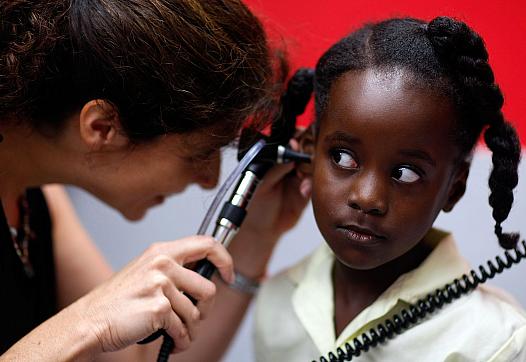
A new study shows the gains made in getting kids to the doctor since the turn of the millennium, and clarifies what’s at stake should public coverage programs undergo significant cutbacks.

A new study shows the gains made in getting kids to the doctor since the turn of the millennium, and clarifies what’s at stake should public coverage programs undergo significant cutbacks.

Regulators are currently weighing a merger proposal from two major health care providers in Santa Barbara County, Calif. Reporter Alex Kacik has tracked the story closely, and offers tip for others covering the consolidation trend.
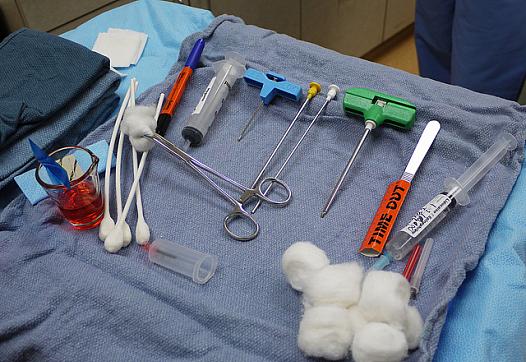
When an anonymous source informed The Detroit News that the Detroit Medical Center was improperly sterilizing surgical equipment, health care reporter Karen Bouffard started digging.

What does Trump’s victory this week mean for children's health? We already have a few clues on how the GOP might seek to change the Children's Health Insurance Program and Medicaid.
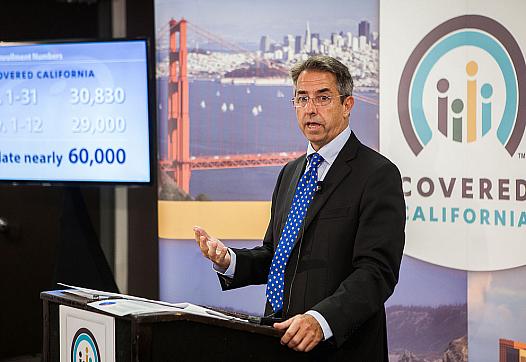
California has a lot to lose if President-elect Donald Trump and the Republican-led Congress fulfill their campaign pledge to repeal Obamacare....
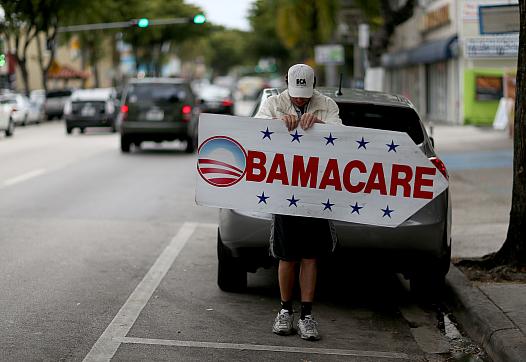
The ACA has become a scapegoat in the media for all kinds of health care woes. "Somebody needs to be the referee on some of the cheap shots flying around on an uneven playing field," says Health News Review's Gary Schwitzer.
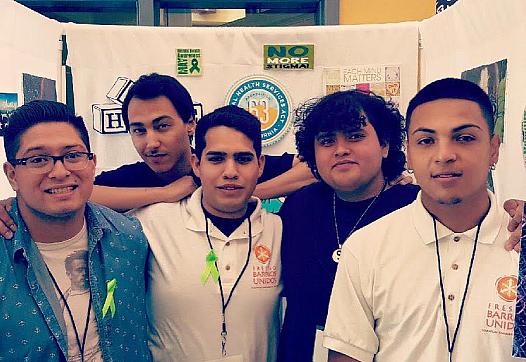
In the largely rural Central San Joaquin Valley, a reporter tracking efforts to expand access to health care in the wake of Obamacare finds that "many of the most effective outreach tools at play involve very little technology."
Here we check in with prominent health journalists and experts to see what sites, newsletters and social media feeds they turn to first every morning. This week, we caught up with Paul Sisson, health care reporter for The San Diego Union-Tribune. Here are his top morning reads.
Thousands of people in California's Coachella Valley head to Mexico every year for health care. Often they seek deals on prescription drugs or dental care. For others, Mexico offers easy access to primary care that is cheap and convenient.
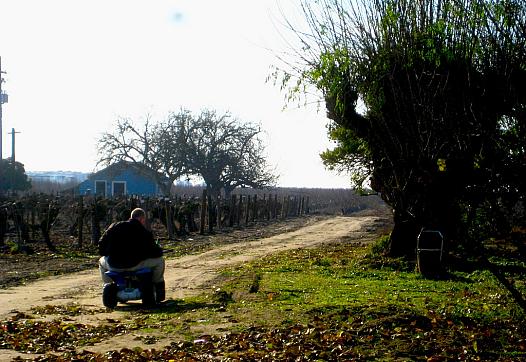
In California’s Central Valley and rural north, more than a dozen hospitals have closed since the early 2000s. The closures often limit care options and inflict economic misery — some communities never recover.